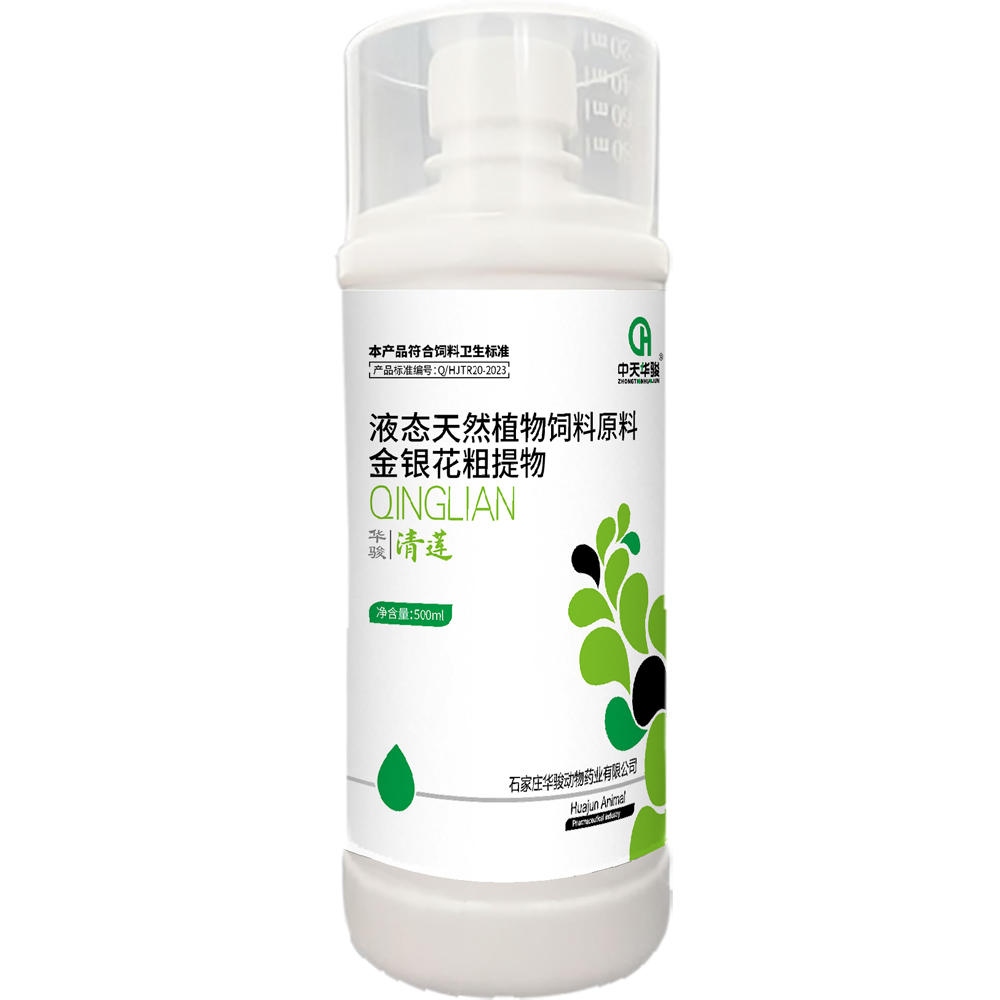
Nov . 08, 2024 03:52 Back to list
Exploring the Impact of Necrotic Enteritis on Poultry Health in China
Necrotic Enteritis in Poultry An Emerging Challenge
Necrotic enteritis (NE) is a serious gastrointestinal condition affecting poultry, primarily chickens, and it poses a significant threat to the poultry industry worldwide, particularly in China, where poultry production is extensive. This disease is characterized by the inflammation and necrosis of the intestinal lining, leading to severe health issues among birds and substantial economic losses for producers.
The causative agent of necrotic enteritis is primarily the bacterium *Clostridium perfringens*, which is a common inhabitant of the intestinal tract of poultry. Under certain conditions, however, this pathogen can proliferate uncontrollably, leading to the release of toxins that damage the gut epithelium. Factors contributing to disease outbreaks include dietary changes, stress, poor management practices, and coinfections. As chickens are often raised in high-density environments, conditions that favor the overgrowth of *C. perfringens* can occur more frequently.
Necrotic Enteritis in Poultry An Emerging Challenge
Symptoms of necrotic enteritis typically manifest as sudden mortality, reduced feed intake, and diarrhea, which may contain blood or have a foul odor. Upon necropsy, lesions in the intestine, particularly in the small intestine, are often observed, characterized by darkened, necrotic areas. The diagnosis of NE often requires a combination of clinical signs, necropsy findings, and laboratory confirmation through bacterial culture or toxin detection.
china poultry necrotic enteritis

To combat necrotic enteritis, it is critical for poultry producers to implement effective management strategies. Preventive measures focus on minimizing stressful conditions, optimizing nutrition, and maintaining biosecurity. The inclusion of certain feed additives, such as probiotics and organic acids, has shown promise in controlling *C. perfringens* growth and maintaining gut health. Additionally, vaccination strategies targeting related conditions may also help in reducing the incidence of NE.
In recent years, research has increasingly focused on understanding the pathogenesis of necrotic enteritis, emphasizing the role of the gut microbiota in disease development. Maintaining a balanced and healthy gut microbiome is essential for preventing NE, as it can help inhibit the growth of pathogenic organisms through competitive exclusion. This area of research holds great potential for developing novel interventions, including targeted probiotics that can enhance gut health in poultry.
Hygiene and biosecurity measures are also vital in controlling necrotic enteritis. Regular cleaning and disinfection of poultry housing, proper waste management, and the isolation of sick birds are fundamental practices that can mitigate the risk of disease spread. Moreover, ongoing education and training for poultry farmers regarding disease recognition and management can further enhance their ability to respond to outbreaks swiftly.
In conclusion, necrotic enteritis represents a significant challenge for the poultry industry, particularly in China, given the scale of production and the conditions under which birds are raised. With effective management practices, ongoing research, and a commitment to biosecurity, poultry producers can mitigate the risks associated with this disease. The future of poultry health lies in balancing production efficiency with the well-being of the animals, ensuring sustainable practices that benefit both farmers and consumers alike.
-
Premium Young Chicken - Leading Young Chicken Manufacturer & Supplier for Fresh Poultry Needs
NewsJul.08,2025
-
Enterococcus Faecalis Mold Remover – Powerful & Safe Solution from Trusted Manufacturer
NewsJul.08,2025
-
Premium Diarrhea Treatment Solutions Leading Diarrhea Factories & Suppliers
NewsJul.08,2025
-
High-Quality Blisters Manufacturer & Supplier Reliable Blisters Factory
NewsJul.07,2025
-
High-Quality Skeleton Development Services Leading Factory, Manufacturer & Supplier
NewsJul.07,2025
-
High-Quality Cockscomb Turns White Reliable Manufacturer & Supplier Factory
NewsJul.07,2025




